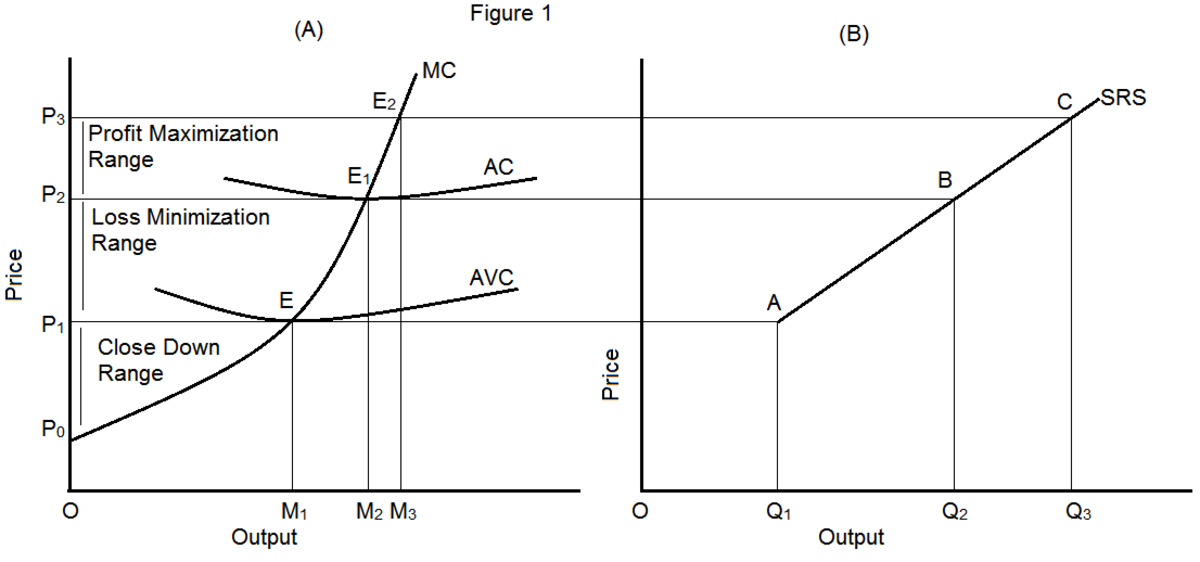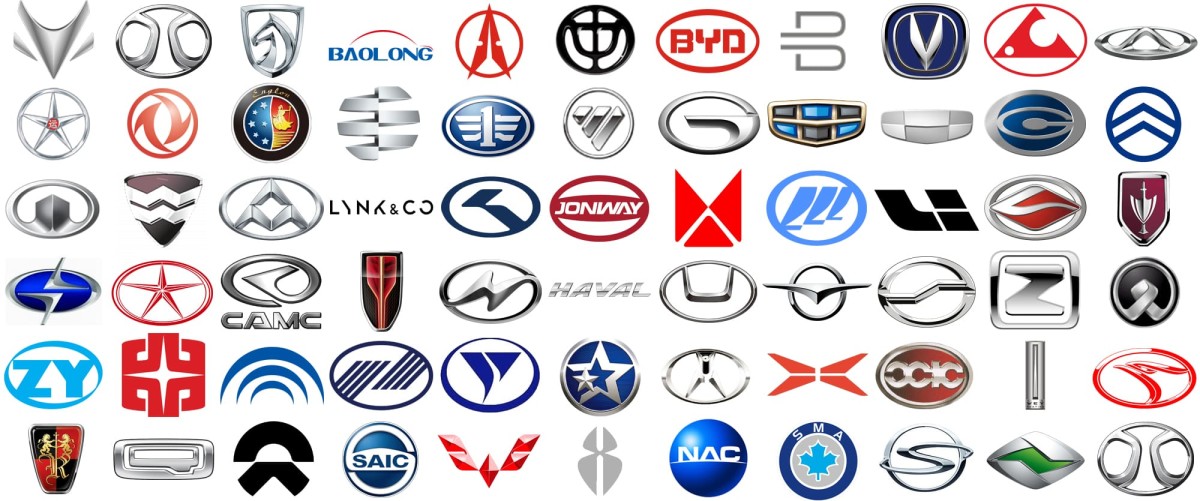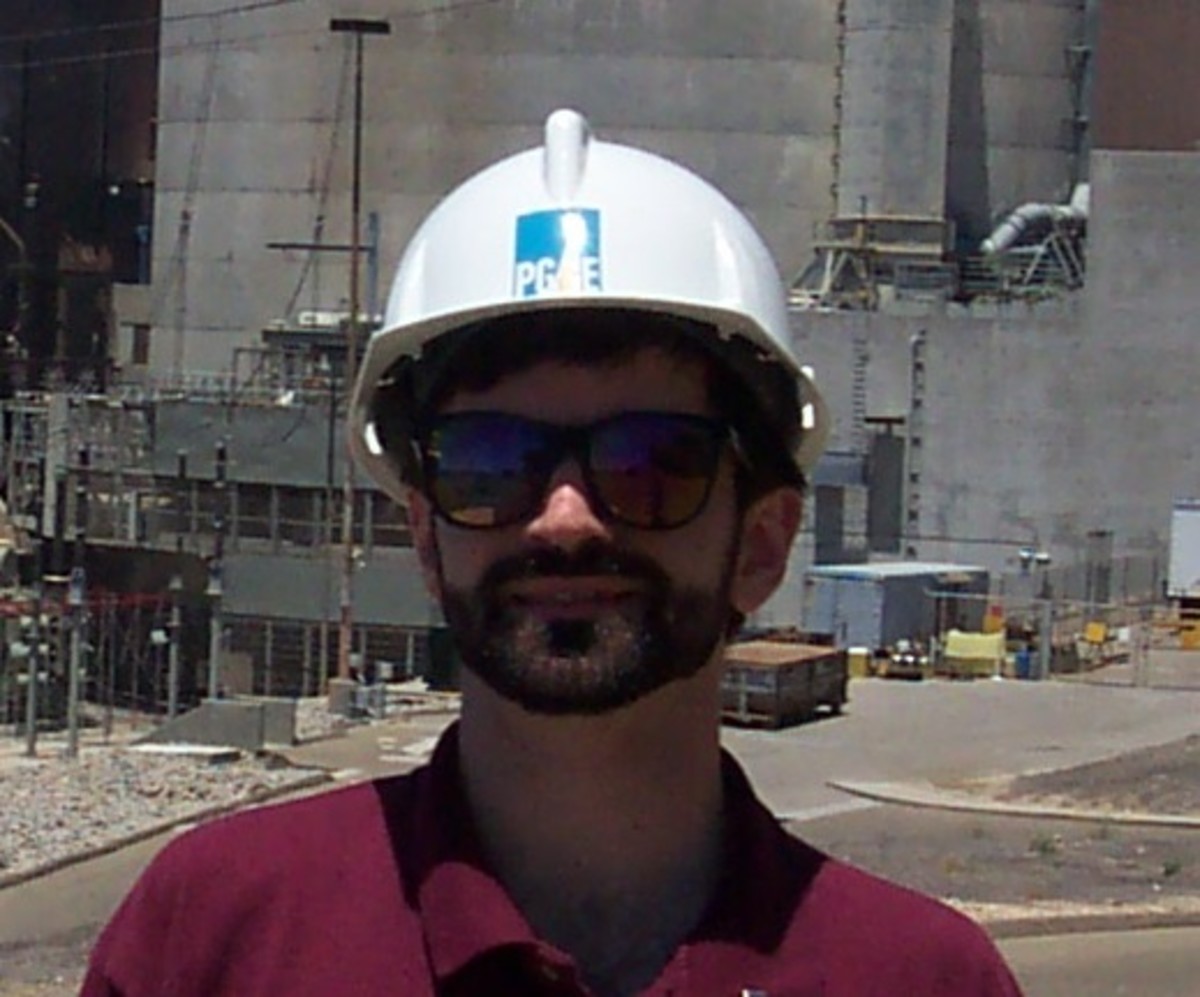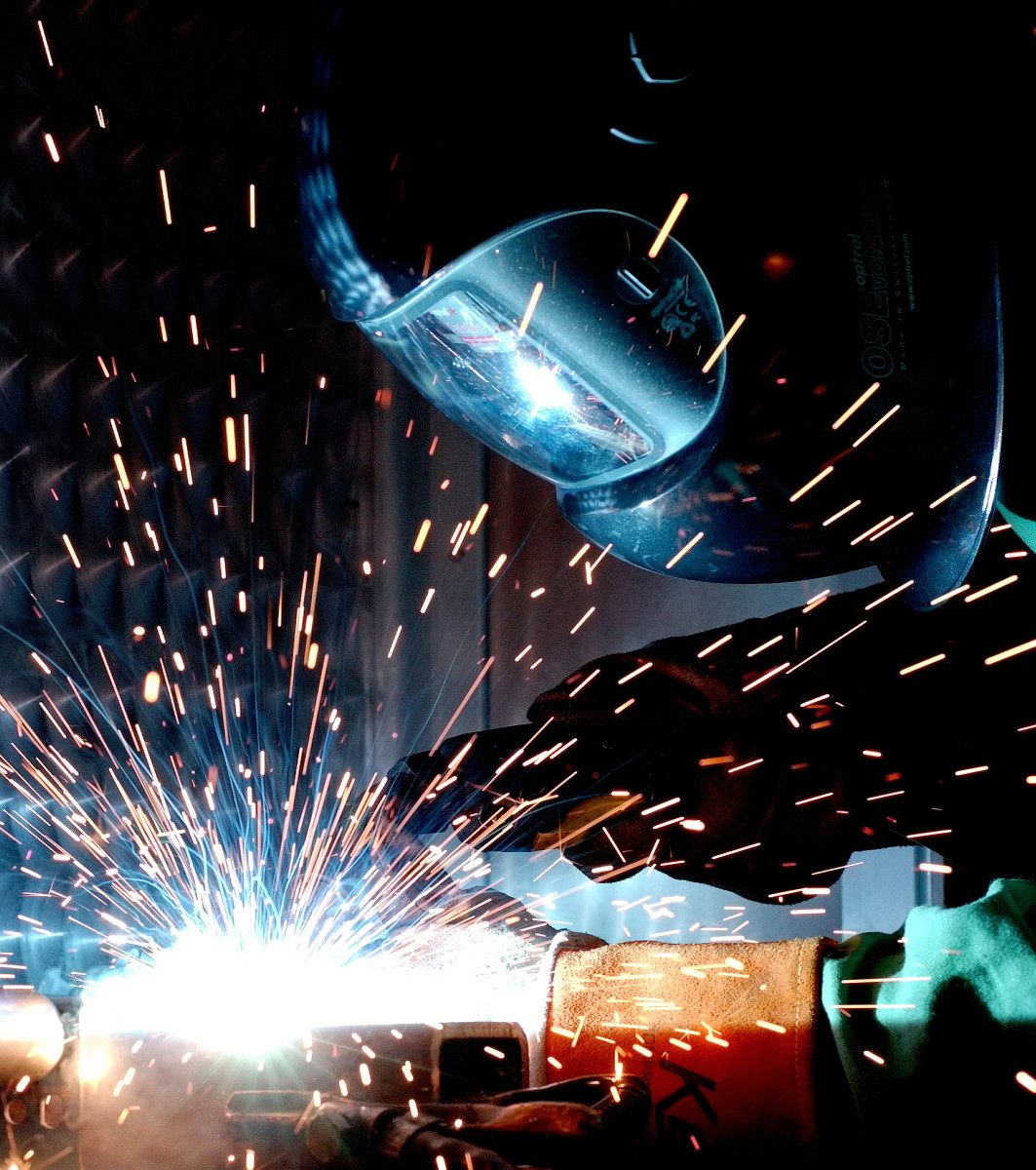Real Estate’s Dependence on Bricks Industry
India is world’s third largest economy; with real estate industry contribute a major portion. Construction industry is highly dependable on brick industry. At present brick industry is recognized as a highly resource and energy intensive and polluting industry owing to prevalence of obsolete production technologies. The construction industry accounts to 10% of the Gross Domestic Product (GDP), and this has put huge pressure on brick industry in our country. The brick sector in India is very enormous in size but it is highly unorganized. India is second largest brick producer next to China in the world.
Problem with the present Brick Industry
The price of conventional fire bricks has increased due to the ban on use of top soil and sand mining. Hence raw materials for conventional bricks are supplied from far off places which lead to the higher cost. Due to the lack of economical conventional bricks and high demand of fly ash from cement industry we need to intervene in present situation and develop bricks using waste materials. We can help in changing mindset, innovating new technology, training workers. We can participate in improving environment, energy conservation, minimizing pollution, creating new jobs and benefitting society in better ways.
Way Ahead
With the huge pressure on land resources due to extraction of top soil for brick has posed immense problem, and way ahead is sustainable development. We can use waste products harmful for environment, into production of bricks that are light, good strength and longer durability. While some of the waste products are already tried in production of bricks whereas some are yet to be experimented.
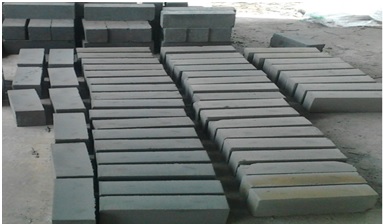
Waste products that can be used in production of Bricks
Fly Ash
Fly ash is a fused residue of clay minerals present in coal. The high temperature generated when coal burns in thermal power plants, transforms the clay minerals in coal powder into a variety of fused fine particles of mainly Aluminium Silicate composition. With higher content of reactive silica, rounded particles and higher surface area for reaction, producing higher amount of C-S-H phase and hence higher strength to the bricks.
Marble Waste (MW)
Marble is composed of CaCO3 which is non-binding agent due to carbonate chemicals. If we can decompose it into CaO and CO2 we can use MW as sustainable substitute. CaO which becomes chemically active becomes the binding agent. At present decomposition of CaCO3 is not economical viable with present technology.
Municipal Solid Waste (MSW)
If we can segregate organic and inorganic waste at source; inorganic MSW can be used for brick production. This will reduce pressure on landfill outside the citiesand also reduce the risk of contamination of groundwater due to lynching.
Conclusion
With the progress in construction technology, loadbearing walls have become obsolete so the strength of bricks is not the big concern. Hence these waste materials are sustainable substitutes with reduced brick strength.
With the increased awareness and higher fund in research and development department of construction industry future of brick industry is bright.


